Sleep Talk
Insights, Stories, and Tips
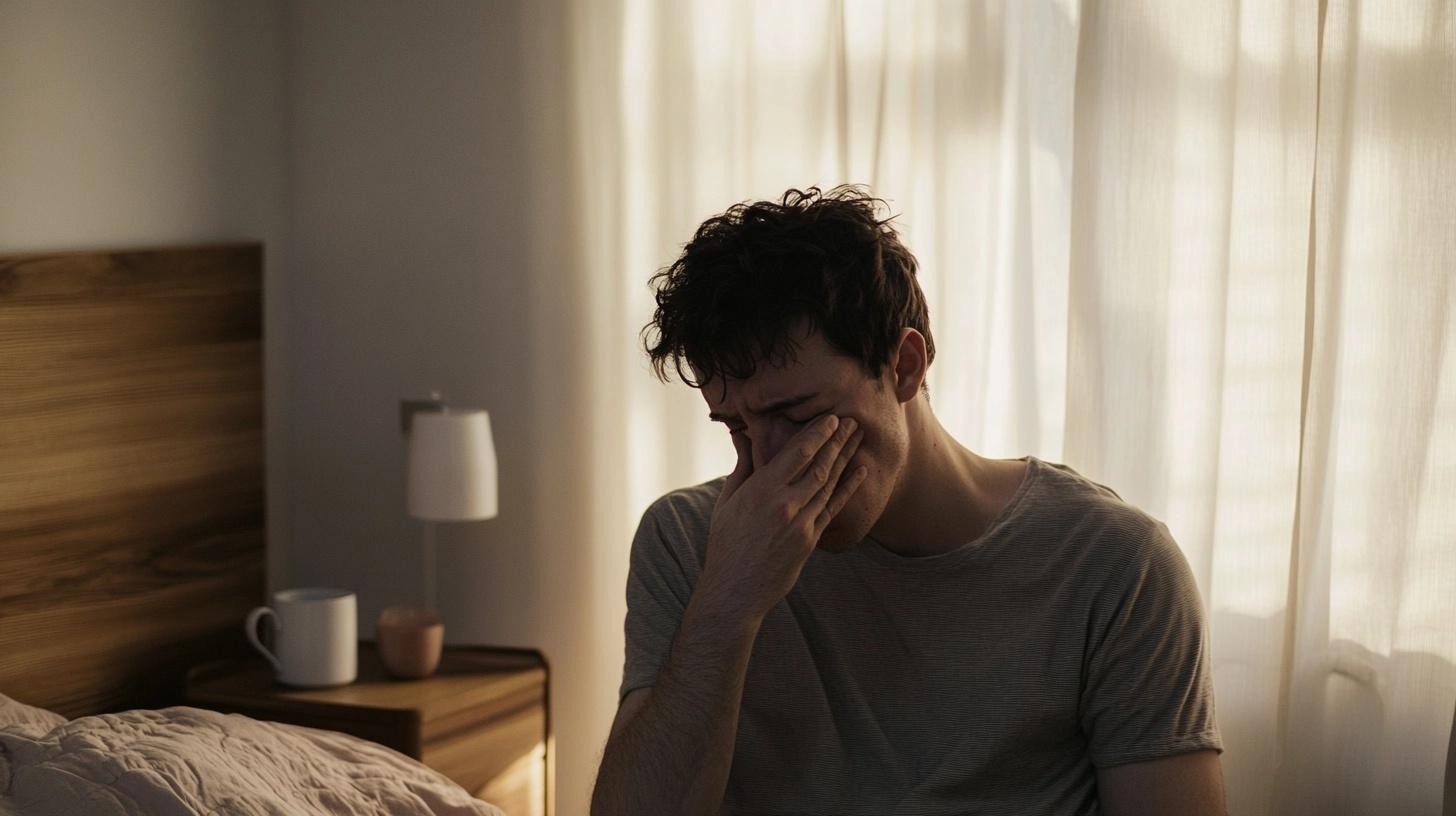

Why Sleep Apnea is More Than Snoring: Health Risks and Solutions
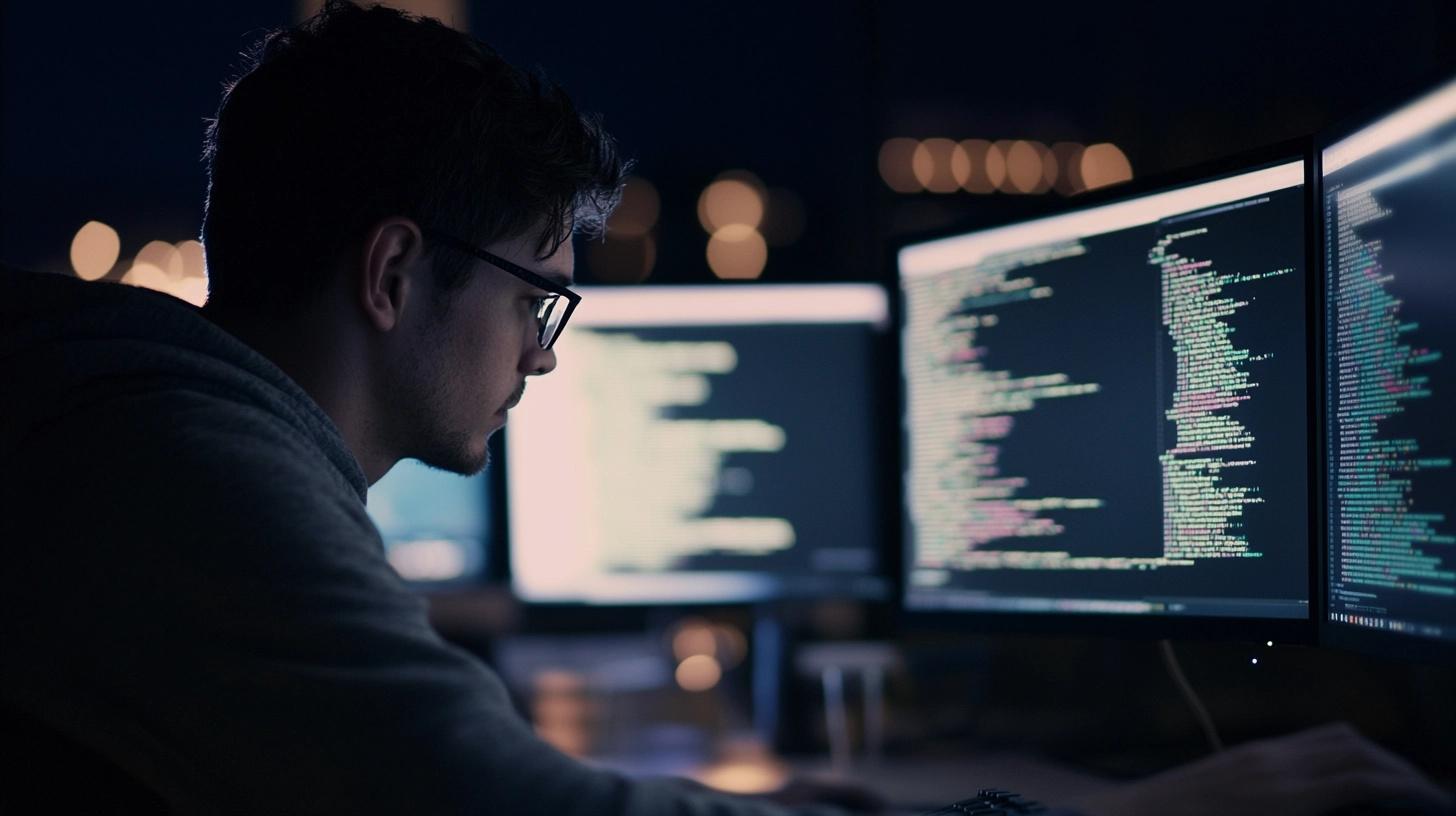
Melatonin: The Key to Better Sleep and Beyond
Melatonin: The Key to Better Sleep and Beyond
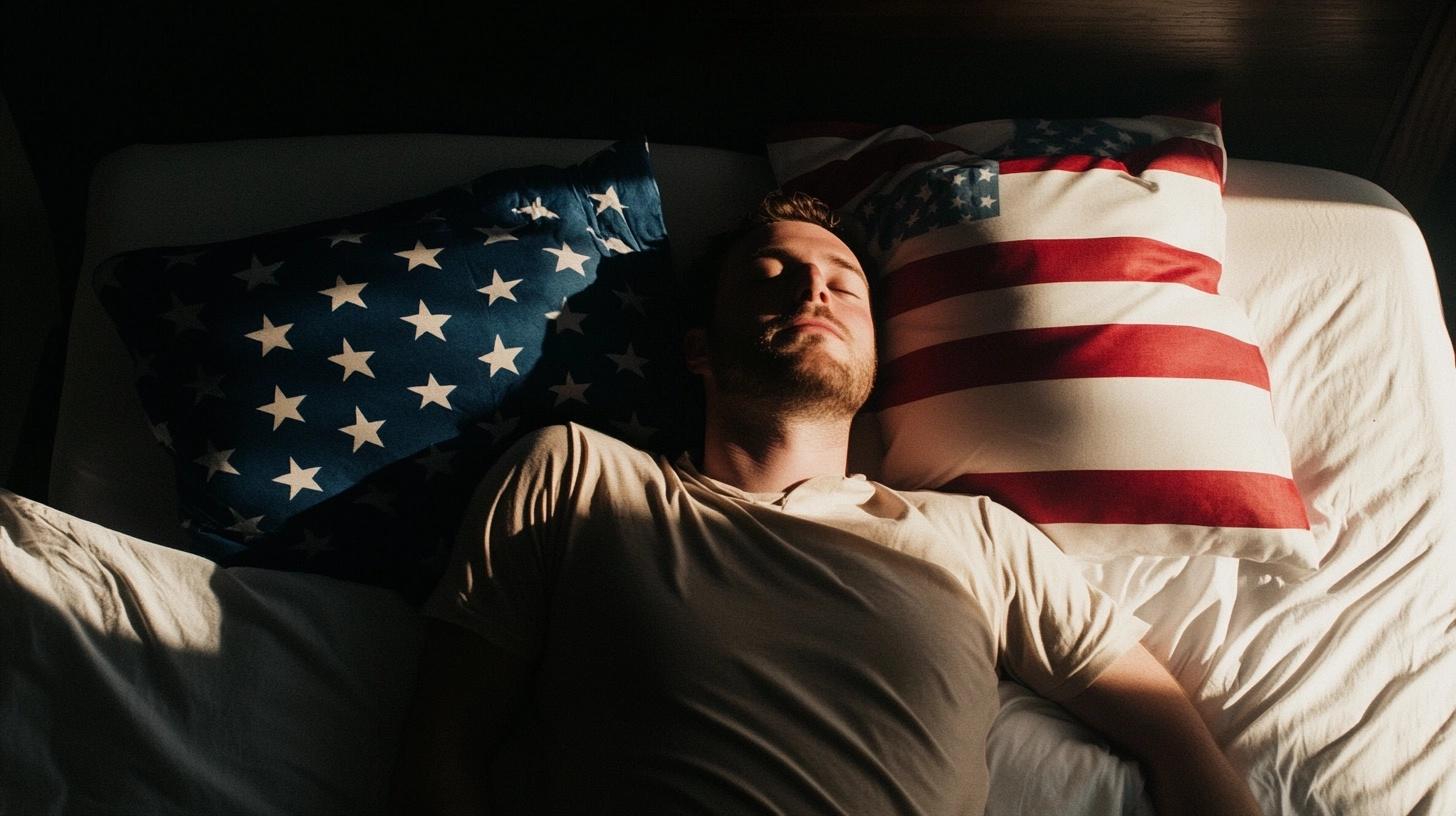
Sleep Quality in the USA and How It Impacts Your Life
Sleep Quality in the USA and How It Impacts Your Life
Recent
View all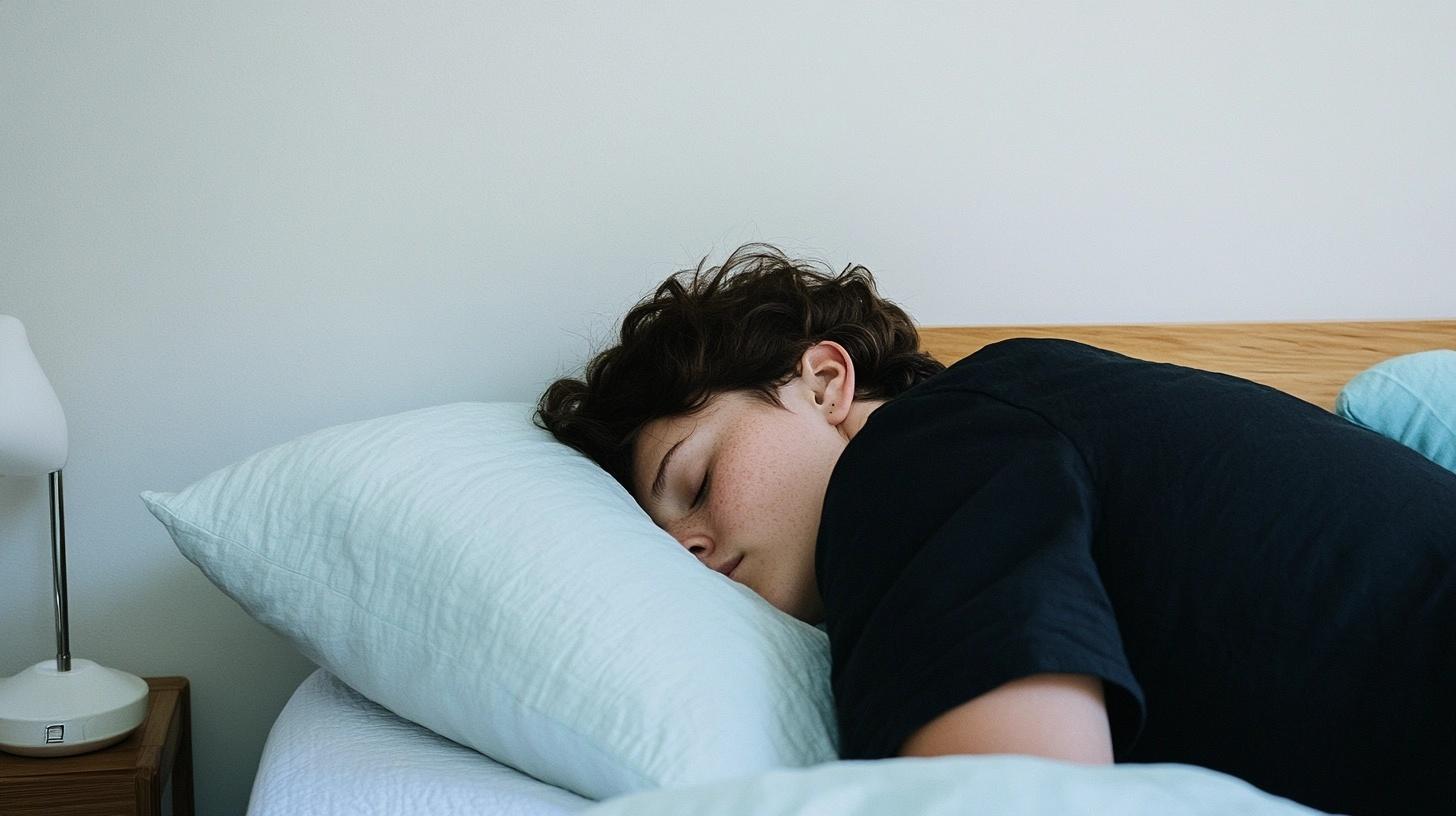
Struggling to Reset Sleep for School? Here’s How to Help Kids and Teens
Discover back-to-school sleep strategies for kids and teens, based on real science. Help your child reset their routine and wake up ready for the day ahead.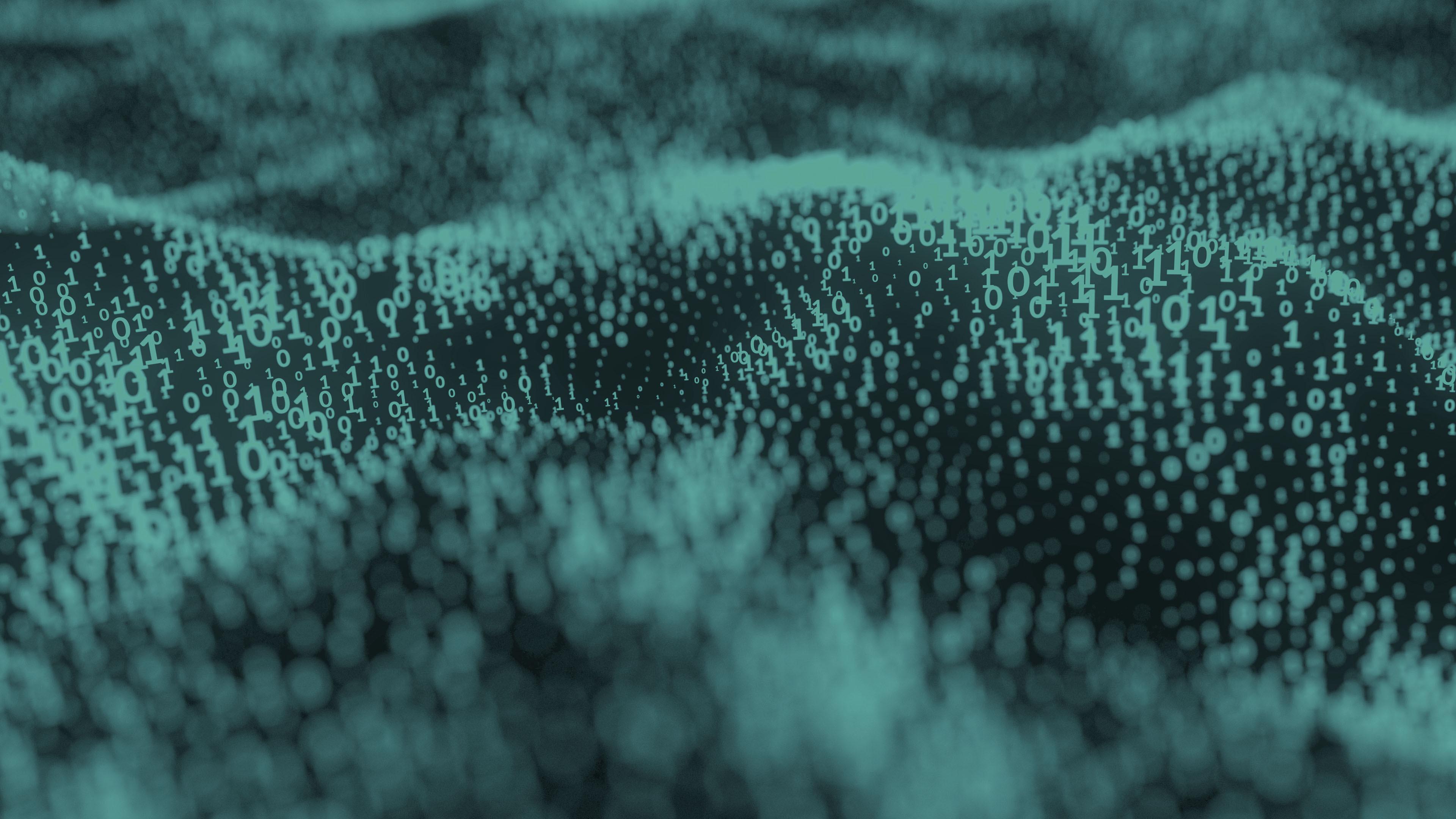
AI That Listens: Understanding Sleep Through Sound
By Mikael Kågebäck | CTO at Sleep Cycle | PhD in AI & Machine Learning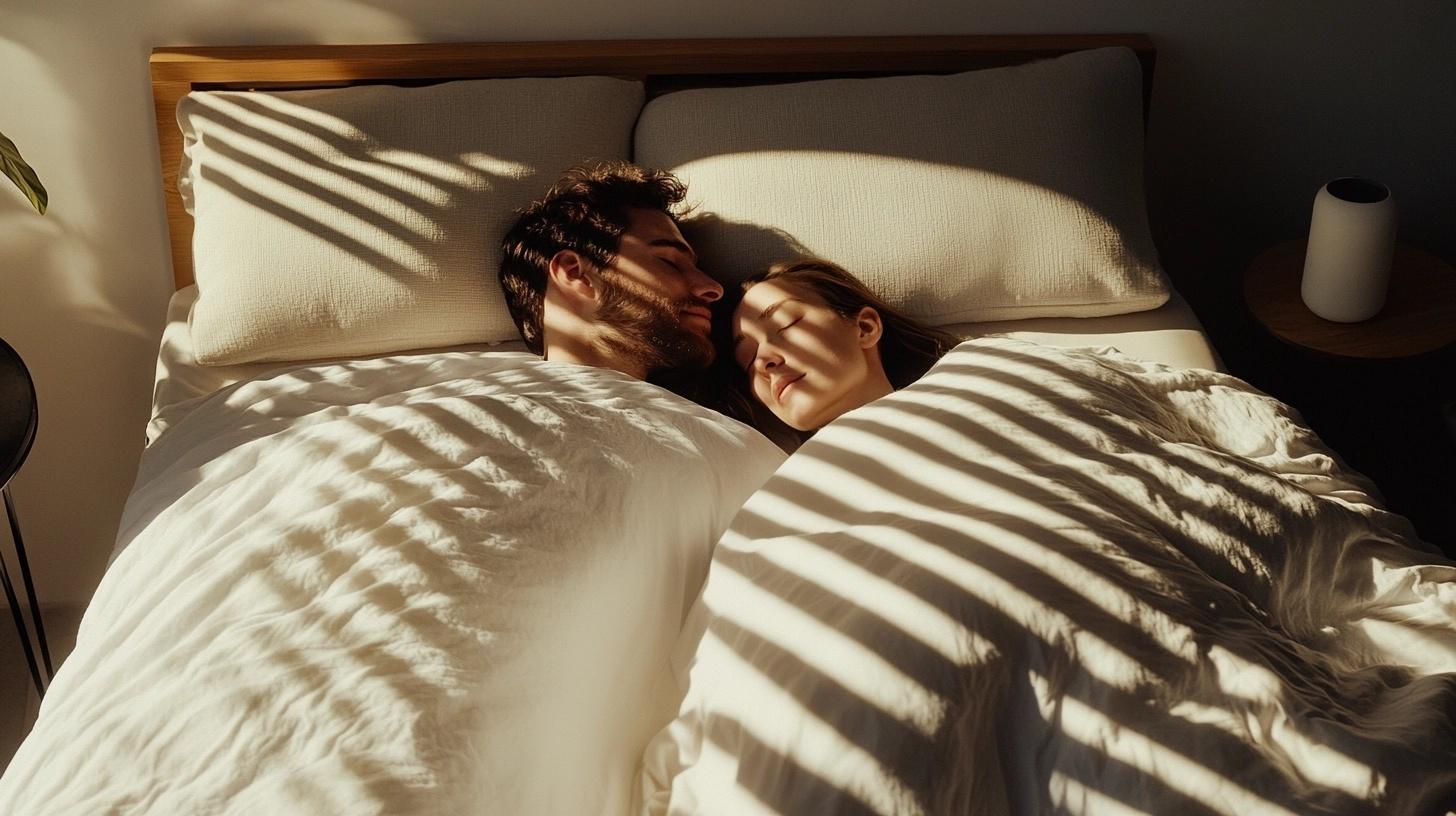
How the Scandinavian Sleep Method Boosts Restful Nights.
Imagine drifting into peaceful sleep without being jolted awake by your partner’s restless movements. Many couples face nightly disruptions caused by shared bedding and conflicting temperature needs, and the Scandinavian Sleep Method offers an elegant, science-backed solution. With this approach, you can transform your nights, enjoy deeper sleep, and wake up recharged—all by embracing a simple change in your sleep routine.
How To Fall Asleep
View all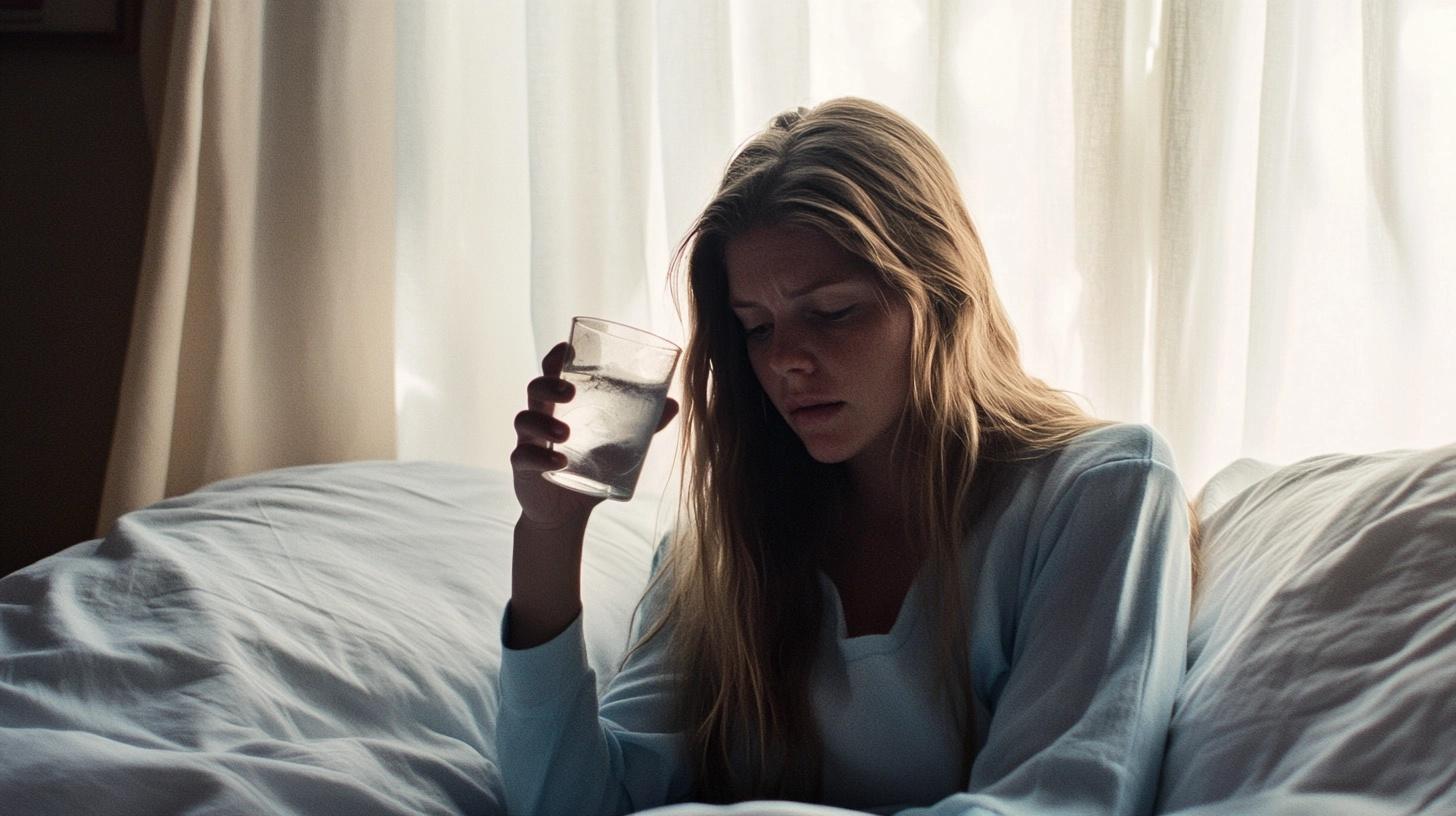
How to Beat Insomnia and Enjoy Restful Nights Again
How to Beat Insomnia and Enjoy Restful Nights Again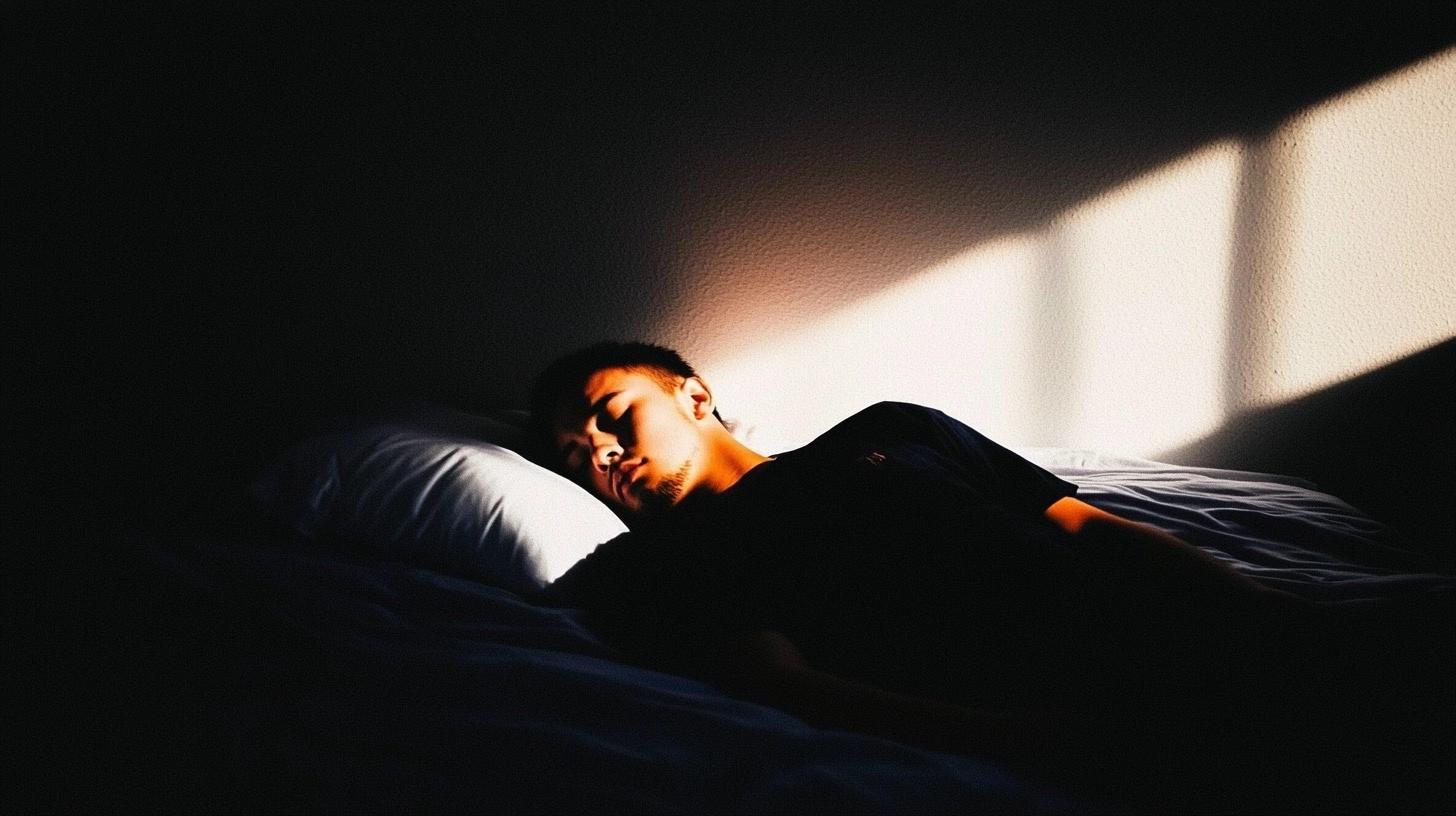
How to Fall Asleep Faster: Tips Backed by Science
Picture this: the world around you quiets, your bed is calling, but your mind is wide awake, racing with unfinished thoughts. Falling asleep can often feel like chasing a moving target. What if the answer lies not in counting sheep but in understanding your body’s natural rhythms? By syncing your habits with these rhythms and incorporating small, effective strategies, restful sleep can become your reality.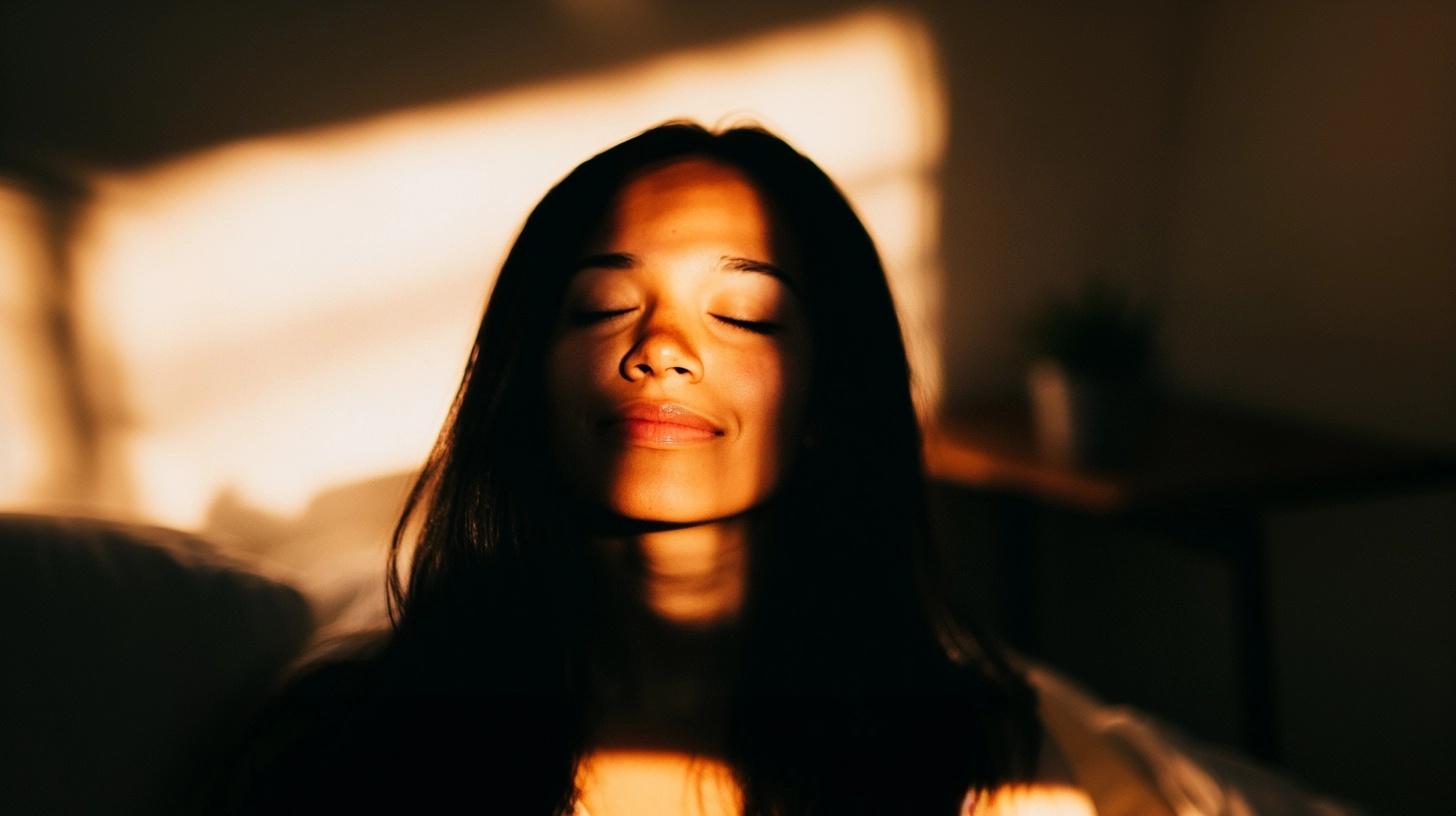
How To Get Over Jet Lag and Fall Asleep Fast
If you have an upcoming trip, these sleep-related jet lag travel hacks can help you rest easier so you can make the most of your next adventure.
Sleep Science
View all
How the Scandinavian Sleep Method Boosts Restful Nights.
Imagine drifting into peaceful sleep without being jolted awake by your partner’s restless movements. Many couples face nightly disruptions caused by shared bedding and conflicting temperature needs, and the Scandinavian Sleep Method offers an elegant, science-backed solution. With this approach, you can transform your nights, enjoy deeper sleep, and wake up recharged—all by embracing a simple change in your sleep routine.
How to Fall Asleep Faster: Tips Backed by Science
Picture this: the world around you quiets, your bed is calling, but your mind is wide awake, racing with unfinished thoughts. Falling asleep can often feel like chasing a moving target. What if the answer lies not in counting sheep but in understanding your body’s natural rhythms? By syncing your habits with these rhythms and incorporating small, effective strategies, restful sleep can become your reality.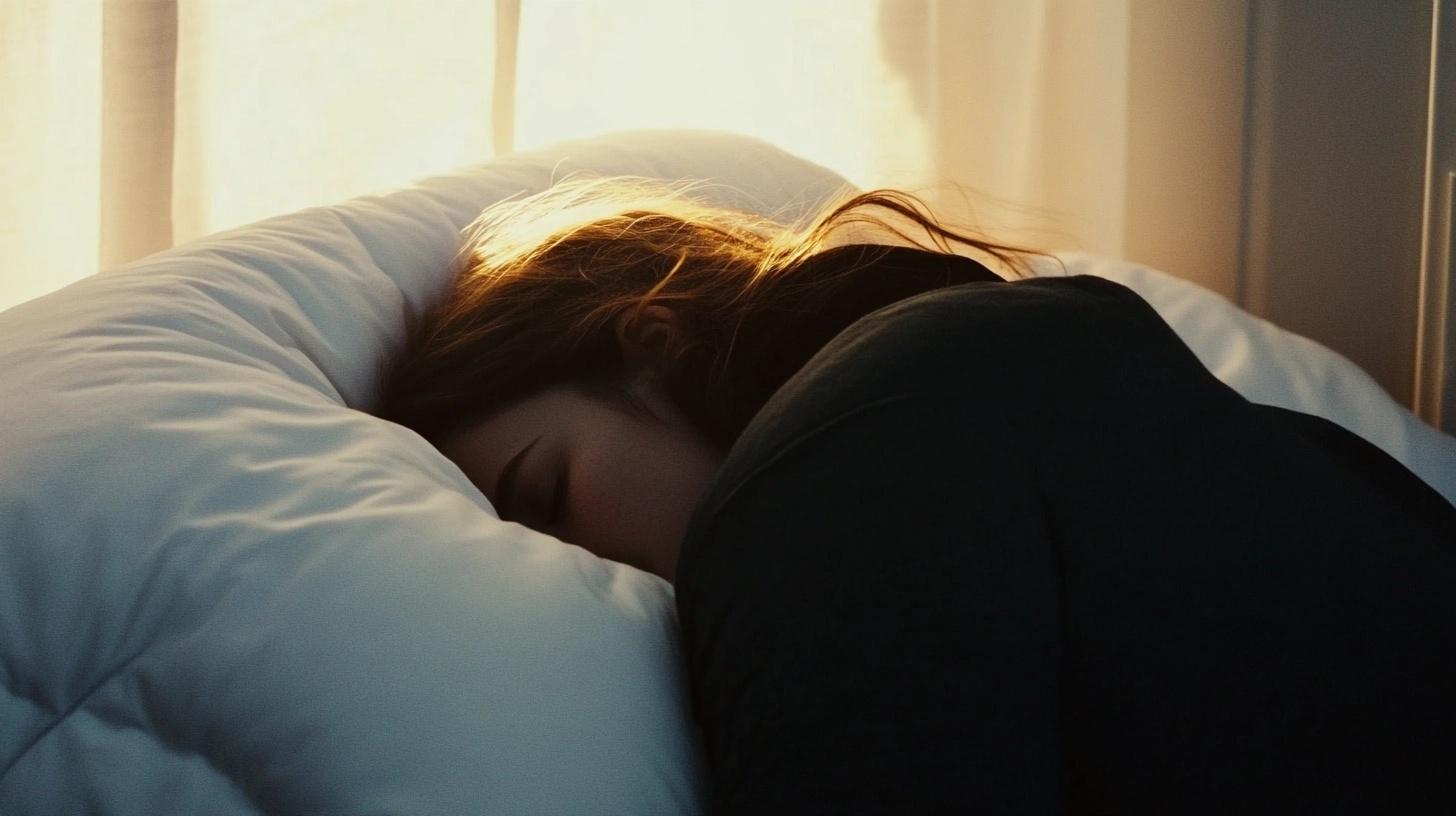
Always sleeping through your alarm? What it means to be a heavy sleeper and what you can do about it
If not even a bang could disturb your slumber, you may be a heavy sleeper. Find out why and what you can do about it.